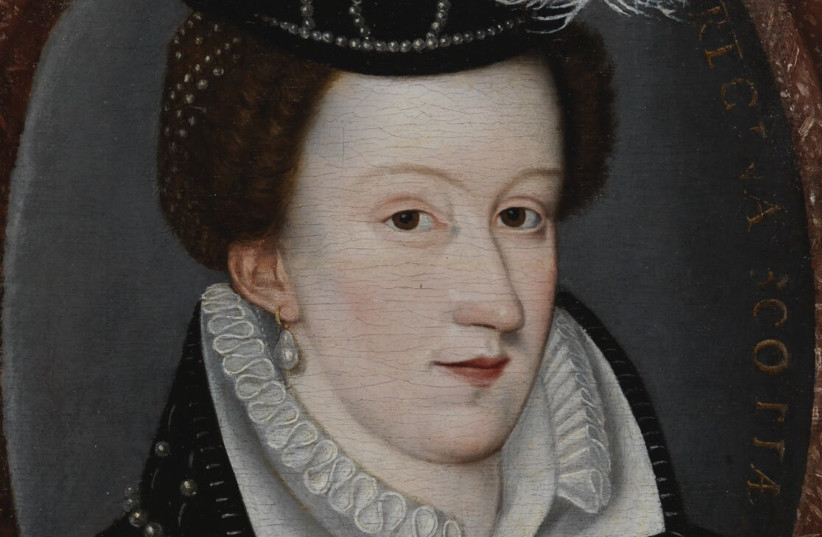A piece of textile discovered 40 years ago in a Highland peat bog is likely to be the oldest tartan ever found in Scotland, according to new research.
The scrap is believed to have been created in about the 16th Century, making it more than 400 years old.
Although it was found in the 1980s, The Scottish Tartans Authority (STA) this week authorized testing and analysis of the fabric, which is green, brown, and possibly red and yellow, to prove its age.
The scientists, who used dye analysis and radiocarbon testing, found that it likely was made in the 16th century around the time of Mary, Queen of Scots's rule.
How did the fabric endure so many centuries?
Head of Research and Collections at STA Peter MacDonald explained in a statement that because the tartan was buried under turf, rather than directly touched by soil, “it had no exposure to air and was therefore preserved."
The discovery team added that the cool conditions of northern European bogs’ offer low-oxygen and highly acidic environments, which are optimal for preservation. This chemistry has been conducive to allowing a variety of artifacts to endure for centuries, including 3000-year-old butter and remains of a 4000-year-old man in a body bag with undamaged skin.
The 55 cm by 43 cm (about 22 inches by 17 inches) Scottish artifact is slated to go on display at the Scottish V&A Dundee museum’s Tartan exhibition on April 1.

